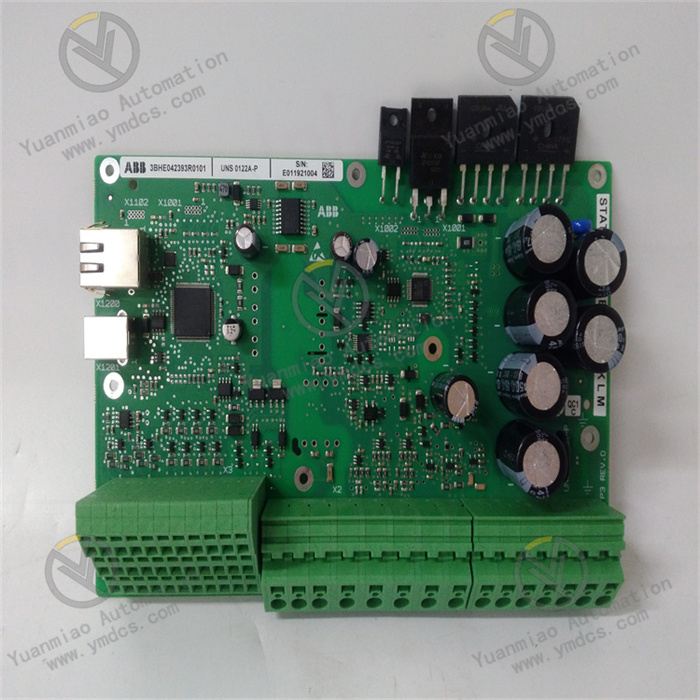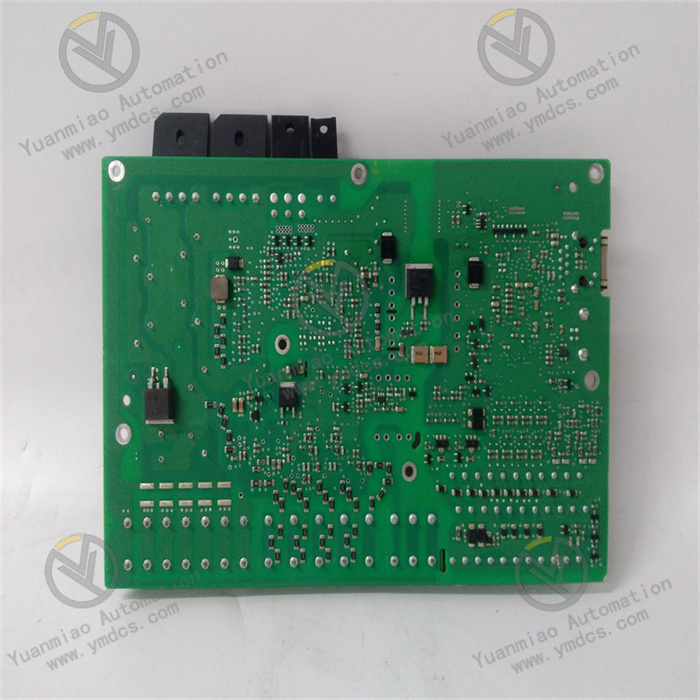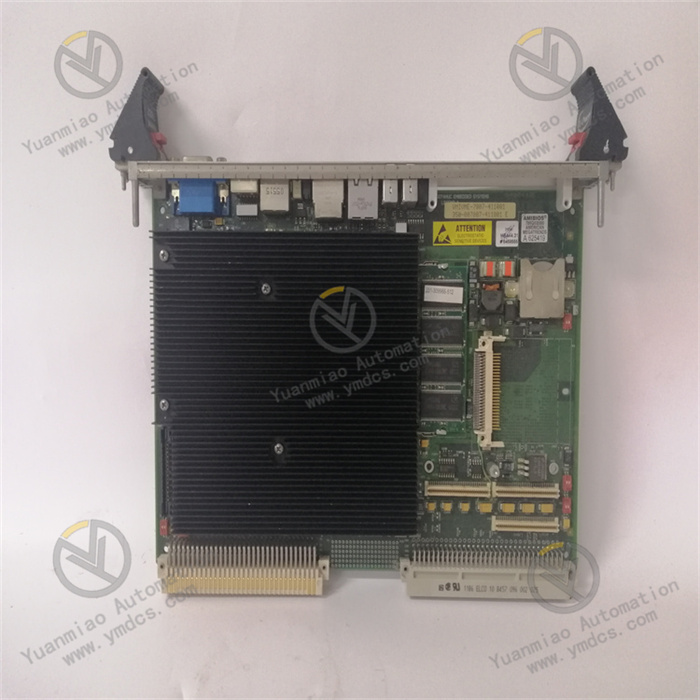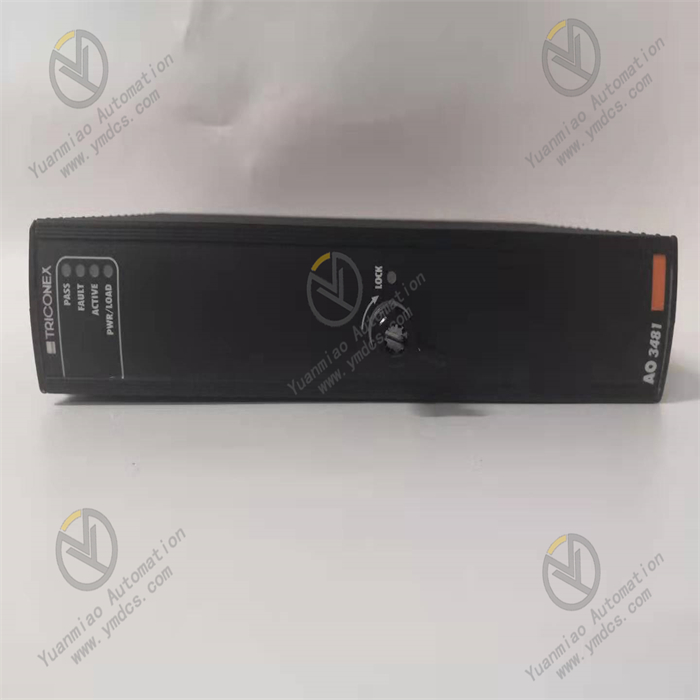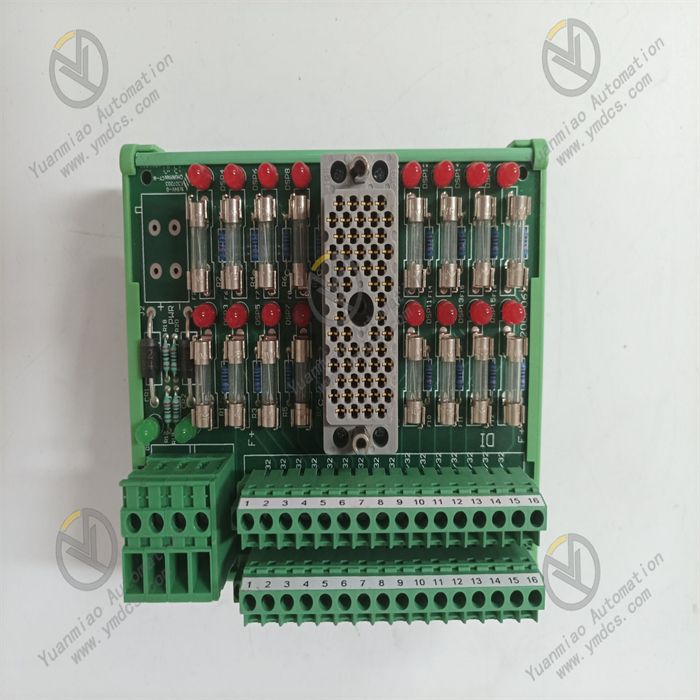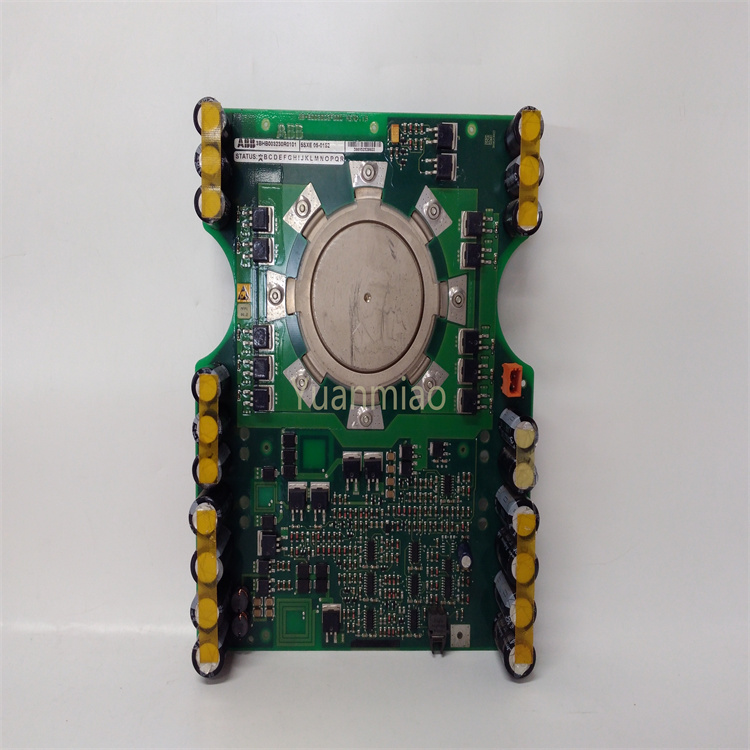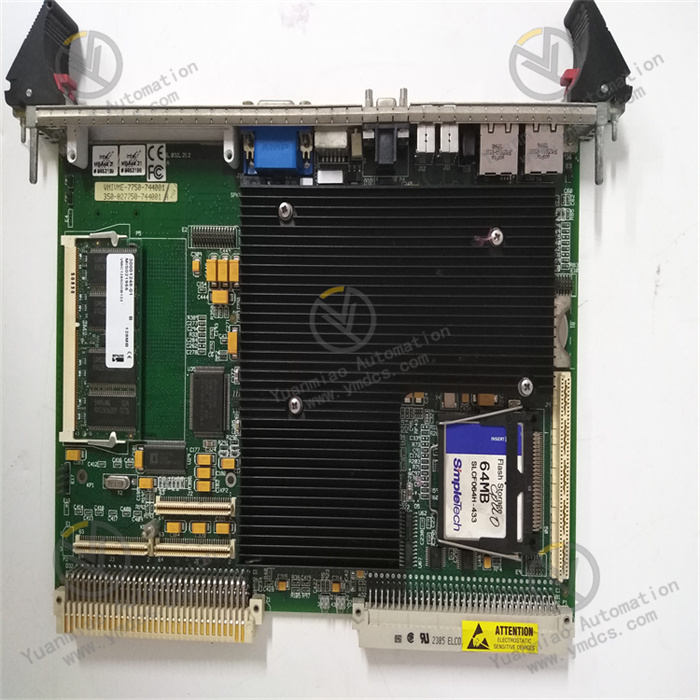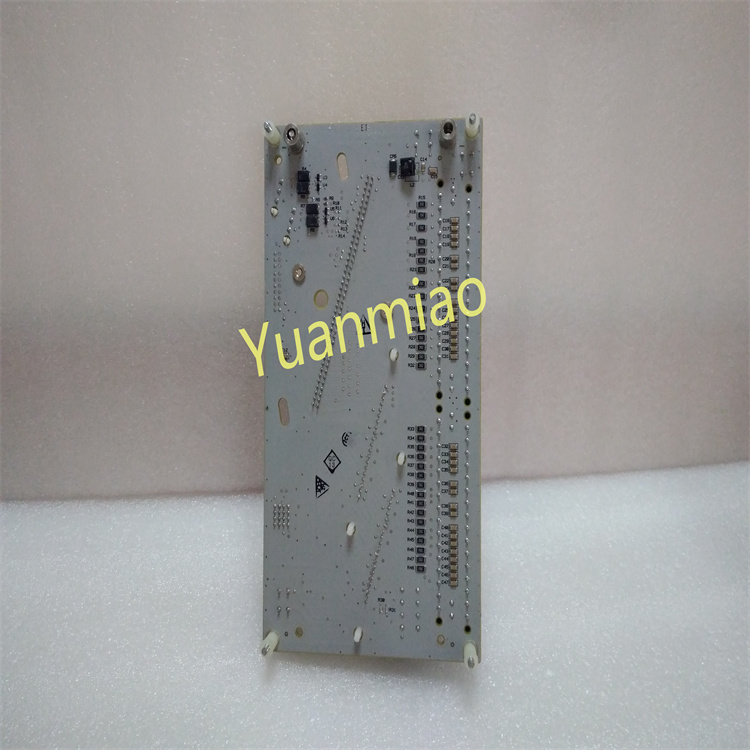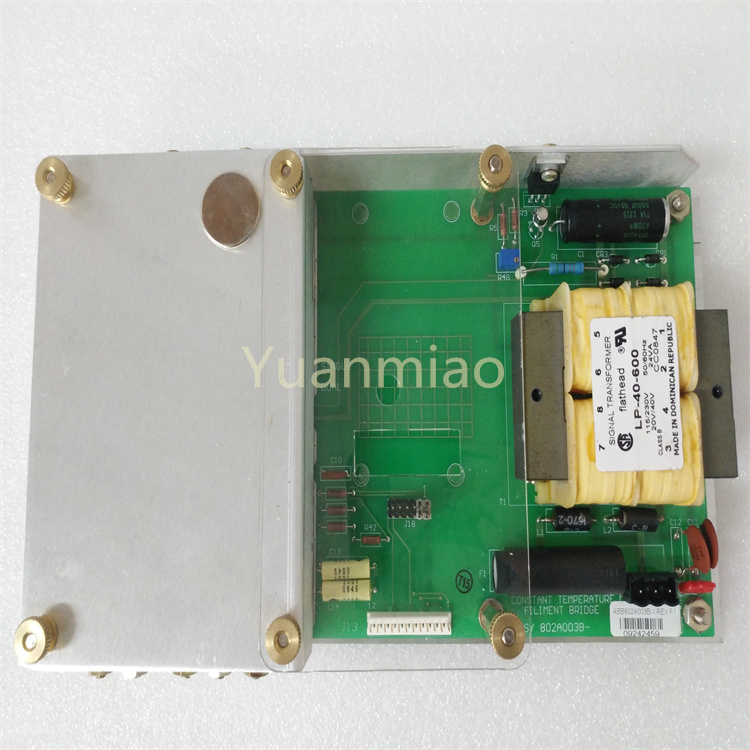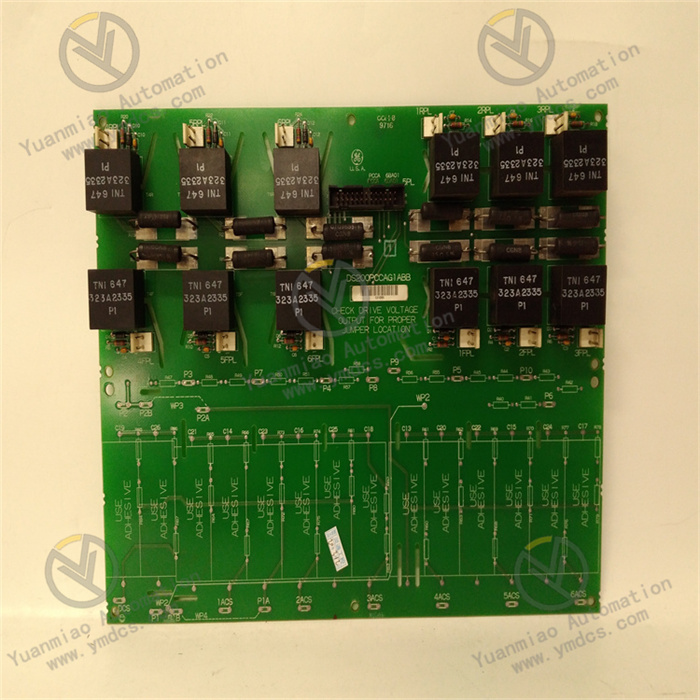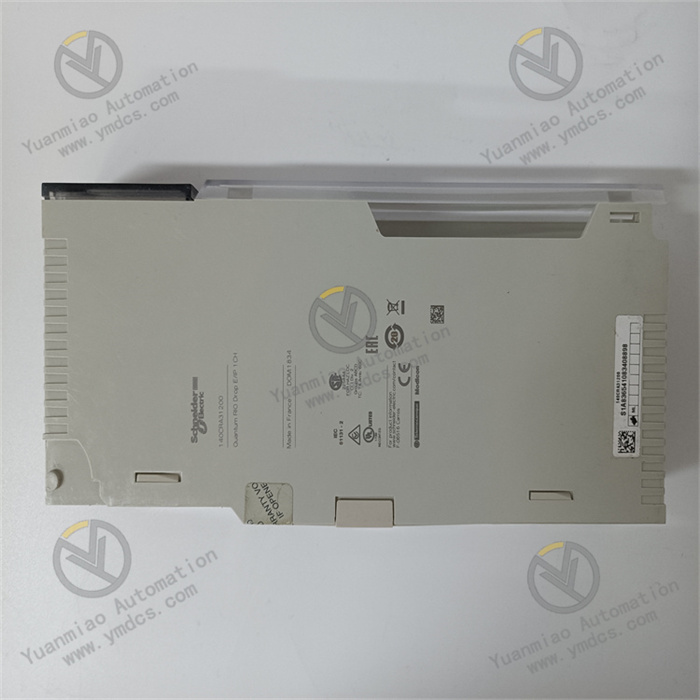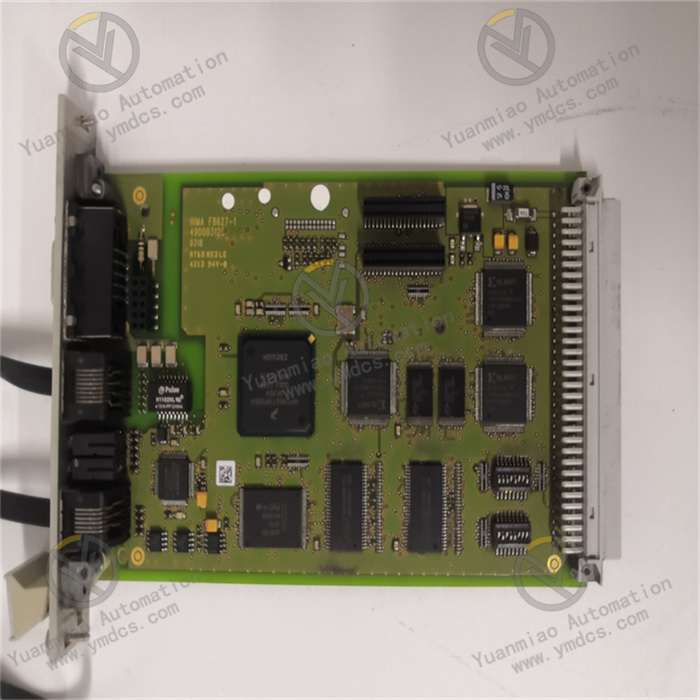Description
Features High precision and stability: ABB's products generally focus on precision and stability. This product may adopt advanced technologies and high-quality components, and it can provide high-precision signal processing and control functions under various working conditions, ensuring the stable and reliable operation of the system. Compatibility and versatility: During the design process, it may take into account the compatibility with other ABB devices and various industrial standards, making it easy to integrate into different automation systems. It has high versatility and can adapt to a variety of application requirements. Robust and durable: To adapt to the industrial environment, it may have good anti-interference ability, protection level, and mechanical strength. It can resist the influence of harsh environmental factors such as electromagnetic interference, dust, and humidity, extending the service life of the device. Intelligent functions: It may integrate some intelligent features, such as self-diagnosis functions and fault early warning, which can help quickly locate and solve potential problems, improving the maintainability and operation efficiency of the system.
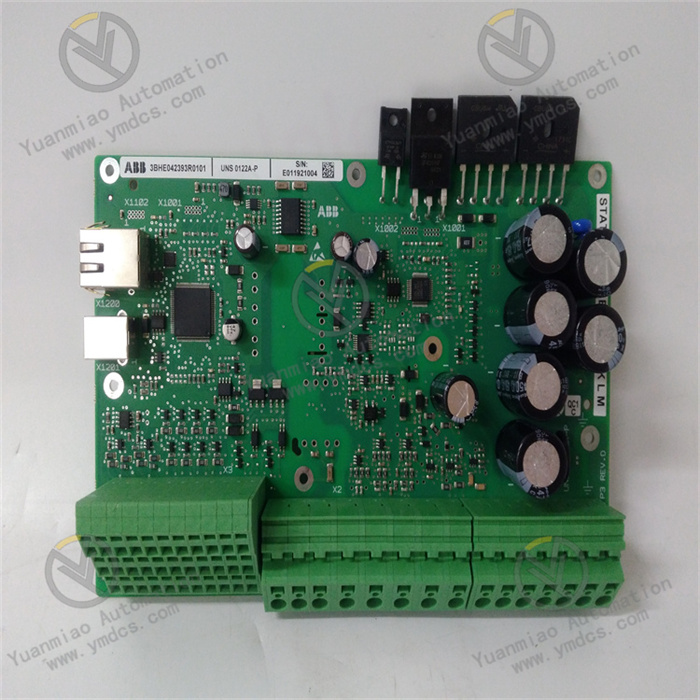
Technical Parameters Input and output characteristics: It may support various types of input signals, such as analog inputs (such as voltage and current signals within different ranges), digital inputs, etc., to receive signals from various sensors or other devices. In terms of output, it has corresponding analog outputs (used to control the continuous variables of the actuators) and digital outputs (used for switch control, etc.). The specific signal range, accuracy, and output driving capability are determined according to the detailed specifications of the product. Communication interfaces: It usually comes with common communication interfaces, such as Ethernet interfaces (which may support different Ethernet protocols, such as Modbus TCP, etc.), Profibus or Profinet interfaces, etc. This makes it convenient for high-speed data communication and remote monitoring with the upper computer, PLC, or other intelligent devices, achieving system integration and networked management. Operating voltage: It generally has specific operating voltage requirements. Commonly, it may be 24V DC, 48V DC, or other standard industrial voltages to ensure compatibility with the industrial power system and stable operation within the specified voltage range. Operating temperature range: It has a certain operating temperature range, for example, from -20°C to +60°C, to adapt to different industrial field environment temperature conditions and maintain stable performance under extreme temperatures.
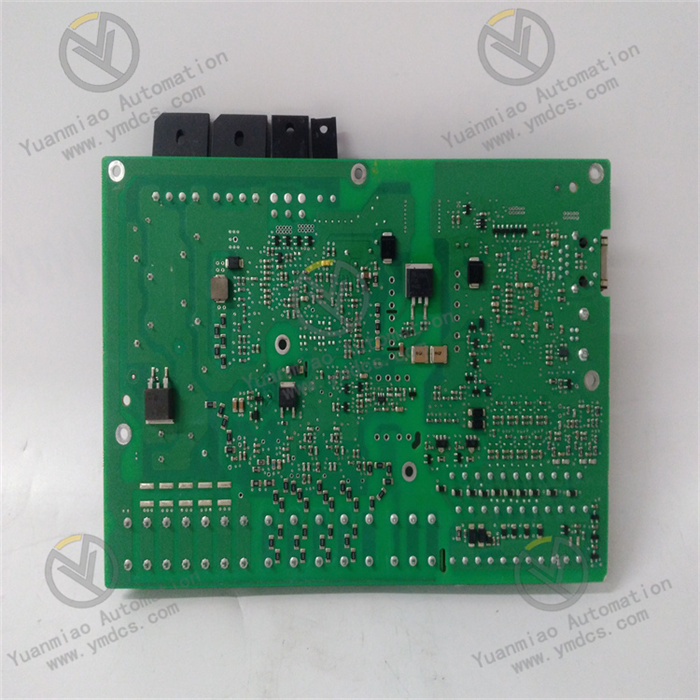
Application Scenarios Power system: It can be used in substation automation systems, power monitoring and protection devices, etc., for electrical quantity measurement, protection signal processing, control command transmission, etc., helping to achieve the stable operation and reliable protection of the power system. Industrial automation production line: In various industrial automation production lines such as automotive manufacturing, mechanical processing, and chemical production, it can be used to control various parameters in the production process, such as motor speed control, valve opening adjustment, material conveying control, etc., realizing the automation and optimization of the production process. Process control field: For example, in process industries such as petrochemical, water treatment, and papermaking, it can precisely measure and control process parameters such as temperature, pressure, flow rate, and liquid level to ensure the safety, stability, and efficiency of the production process. Elevator control system: ABB has a wide range of applications in the elevator field. This product may play a role in the elevator control system, such as controlling the running speed of the elevator, position detection, safety protection, etc., ensuring the safe and reliable operation of the elevator.

Common Faults and Solutions Communication fault Fault phenomenon: The device cannot establish a communication connection with other devices, or problems such as data loss, errors, and delays occur during the communication process. Solution: First, check whether the communication cable is firmly connected, and whether there are any damages or poor contacts. If there are problems, reconnect or replace the cable. Confirm whether the parameter settings of the communication interface (such as baud rate, data bits, stop bits, parity bit, communication protocol, etc.) are consistent with those of other devices. If not, make adjustments. Check whether network devices (such as switches, routers, etc.) are working properly and whether the network configuration is correct. If necessary, perform network diagnosis and reconfiguration.
Input and output fault Fault phenomenon: The input signal cannot be correctly read, or the output signal does not match the expectation, such as abnormal output values or no output. Solution: For input faults, check whether the connection between the sensor and the device is normal and whether the sensor is working properly. This can be judged by measuring the output signal of the sensor. If it is an input channel fault, it may be necessary to check the input circuit inside the device to see if there are any damaged components. If there are damaged components, replace the corresponding components. For output faults, check whether the load device connected to the output is normal, and whether the load is overloaded or short-circuited. Check the output drive circuit of the device. If there are problems, repair or replace it. At the same time, check whether the output parameter settings of the device are correct, and whether the abnormal output is caused by incorrect settings.
Power supply fault
Fault phenomenon: The device cannot start normally, or phenomena such as (unexpected freezing), restarting, and abnormal performance occur during operation, which may be problems with the power supply.
Solution: Check whether the input power supply voltage is within the specified operating voltage range of the device and whether the voltage is stable. You can use a multimeter to measure the power supply voltage. If the voltage is abnormal, check whether the lines of the power supply and devices such as the transformer are normal. If the power supply voltage is normal, check the power module inside the device to see if there are signs such as overheating, abnormal odors, and damaged components. If there are damaged components, replace the power module. At the same time, check whether components such as the power filter capacitors inside the device are normal. If there are situations such as leakage and bulging, replace them in a timely manner.


